-
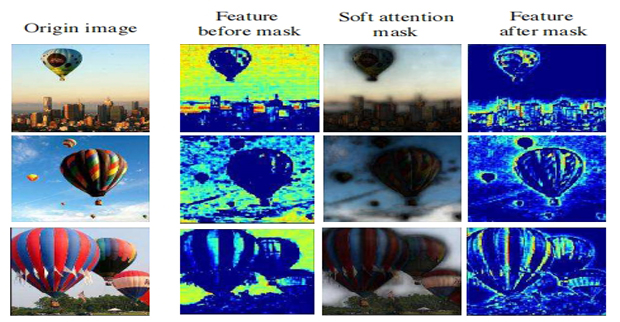 CVPRResidual Attention Network for Image Classification
CVPRResidual Attention Network for Image Classification时间:2017年丨作者:Fei Wang, Mengqing Jiang, Chen Qian, Shuo Yang, Cheng Li, Honggang Zhang, Xiaogang Wang, Xiaoou Tang
"In this work, we propose “Residual Attention Network”, a convolutional neural network using attention mechanism which can incorporate with state-of-art feed forward network architecture in an end-to-end training fashion. Our Residual Attention Network is built by stacking Attention Modules which generate attention-aware features. The attention-aware features from different modules change adaptively as layers going deeper. Inside each Attention Module, bottom-up top-down feedforward structure is used to unfold the feedforward and feedback attention process into a single feedforward process. Importantly, we propose attention residual learning to train very deep Residual Attention Networks which can be easily scaled up to hundreds of layers. Extensive analyses are conducted on CIFAR-10 and CIFAR-100 datasets to verify the effectiveness of every module mentioned above. Our Residual Attention Network achieves state-of-the-art object recognition performance on three benchmark datasets including CIFAR-10 (3.90% error), CIFAR-100 (20.45% error) and ImageNet (4.8% single model and single crop, top-5 error). Note that, our method achieves 0.6% top-1 accuracy improvement with 46% trunk depth and 69% forward FLOPs comparing to ResNet-200. The experiment also demonstrates that our network is robust against noisy labels."
了解更多 -
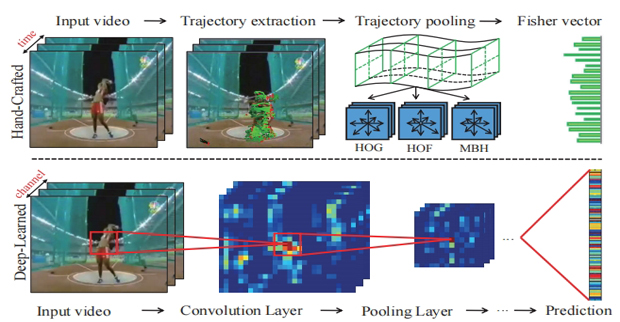 CVPRAction Recognition With Trajectory-Pooled Deep-Convolutional Descriptors
CVPRAction Recognition With Trajectory-Pooled Deep-Convolutional Descriptors时间:2015年丨作者:Limin Wang, Yu Qiao, Xiaoou Tang
Visual features are of vital importance for human action understanding in videos. This paper presents a new video representation, called trajectory-pooled deep-convolutional descriptor (TDD), which shares the merits of both handcrafted features [31] and deep-learned features [24]. Specifically, we utilize deep architectures to learn discriminative convolutional feature maps, and conduct trajectoryconstrained pooling to aggregate these convolutional features into effective descriptors. To enhance the robustness of TDDs, we design two normalization methods to transform convolutional feature maps, namely spatiotemporal normalization and channel normalization. The advantages of our features come from (i) TDDs are automatically learned and contain high discriminative capacity compared with those hand-crafted features; (ii) TDDs take account of the intrinsic characteristics of temporal dimension and introduce the strategies of trajectory-constrained sampling and pooling for aggregating deep-learned features. We conduct experiments on two challenging datasets: HMDB51 and UCF101. Experimental results show that TDDs outperform previous hand-crafted features [31] and deeplearned features [24]. Our method also achieves superior performance to the state of the art on these datasets 1.
了解更多 -
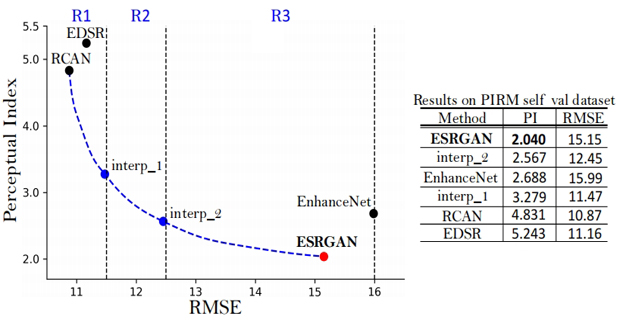 ECCVEsrgan: Enhanced super-resolution generative adversarial networks
ECCVEsrgan: Enhanced super-resolution generative adversarial networks时间:2018年丨作者:Xintao Wang, Ke Yu, Shixiang Wu, Jinjin Gu, Yihao Liu, Chao Dong, Yu Qiao, Chen Change Loy
The Super-Resolution Generative Adversarial Network (SRGAN) is a seminal work that is capable of generating realistic textures during single image super-resolution. However, the hallucinated details are often accompanied with unpleasant artifacts. To further enhance the visual quality, we thoroughly study three key components of SRGAN – network architecture, adversarial loss and perceptual loss, and improve each of them to derive an Enhanced SRGAN (ESRGAN). In particular, we introduce the Residual-in-Residual Dense Block (RRDB) without batch normalization as the basic network building unit. Moreover, we borrow the idea from relativistic GAN to let the discriminator predict relative realness instead of the absolute value. Finally, we improve the perceptual loss by using the features before activation, which could provide stronger supervision for brightness consistency and texture recovery. Benefiting from these improvements, the proposed ESRGAN achieves consistently better visual quality with more realistic and natural textures than SRGAN and won the first place in the PIRM2018-SR Challenge (region 3) with the best perceptual index. The code is available at https://github.com/xinntao/ESRGAN.
了解更多 -
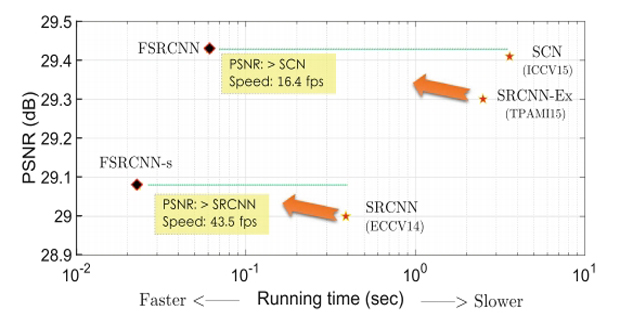 ECCVAccelerating the Super-Resolution Convolutional Neural Network
ECCVAccelerating the Super-Resolution Convolutional Neural Network时间:2016年丨作者:Chao Dong, Chen Change Loy & Xiaoou Tang
As a successful deep model applied in image super-resolution (SR), the Super-Resolution Convolutional Neural Network (SRCNN) [1, 2] has demonstrated superior performance to the previous hand-crafted models either in speed and restoration quality. However, the high computational cost still hinders it from practical usage that demands real-time performance (24 fps). In this paper, we aim at accelerating the current SRCNN, and propose a compact hourglass-shape CNN structure for faster and better SR. We re-design the SRCNN structure mainly in three aspects. First, we introduce a deconvolution layer at the end of the network, then the mapping is learned directly from the original low-resolution image (without interpolation) to the high-resolution one. Second, we reformulate the mapping layer by shrinking the input feature dimension before mapping and expanding back afterwards. Third, we adopt smaller filter sizes but more mapping layers. The proposed model achieves a speed up of more than 40 times with even superior restoration quality. Further, we present the parameter settings that can achieve real-time performance on a generic CPU while still maintaining good performance. A corresponding transfer strategy is also proposed for fast training and testing across different upscaling factors.
了解更多 -
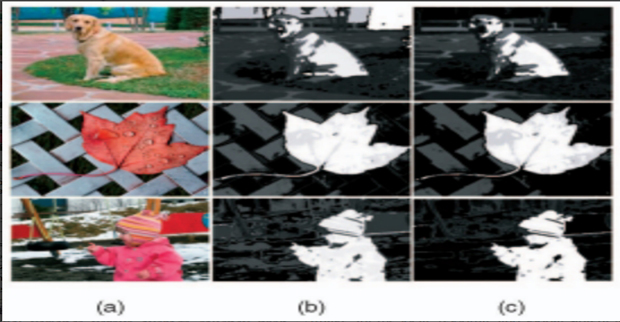 IEEELearning to Detect a Salient Object
IEEELearning to Detect a Salient Object时间:2010年丨作者:Tie Liu; Zejian Yuan; Jian Sun; Jingdong Wang; Nanning Zheng; Xiaoou Tang
In this paper, we study the salient object detection problem for images. We formulate this problem as a binary labeling task where we separate the salient object from the background. We propose a set of novel features, including multiscale contrast, center-surround histogram, and color spatial distribution, to describe a salient object locally, regionally, and globally. A conditional random field is learned to effectively combine these features for salient object detection. Further, we extend the proposed approach to detect a salient object from sequential images by introducing the dynamic salient features. We collected a large image database containing tens of thousands of carefully labeled images by multiple users and a video segment database, and conducted a set of experiments over them to demonstrate the effectiveness of the proposed approach.
了解更多 -
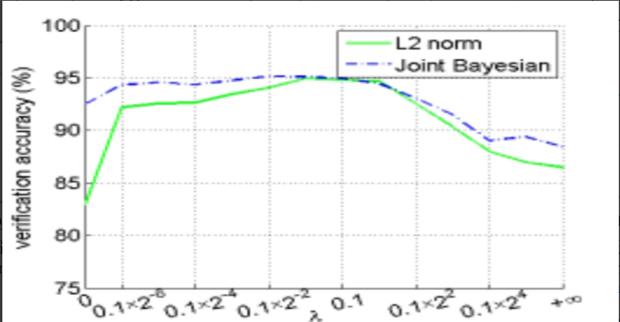 Advances in Neural Information Processing SystemsDeep Learning Face Representation by Joint Identification-Verification
Advances in Neural Information Processing SystemsDeep Learning Face Representation by Joint Identification-Verification时间:2014年丨作者:Yi Sun, Yuheng Chen, Xiaogang Wang, Xiaoou Tang
The key challenge of face recognition is to develop effective feature representations for reducing intra-personal variations while enlarging inter-personal differences. In this paper, we show that it can be well solved with deep learning and using both face identification and verification signals as supervision. The Deep IDentification-verification features (DeepID2) are learned with carefully designed deep convolutional networks. The face identification task increases the inter-personal variations by drawing DeepID2 features extracted from different identities apart, while the face verification task reduces the intra-personal variations by pulling DeepID2 features extracted from the same identity together, both of which are essential to face recognition. The learned DeepID2 features can be well generalized to new identities unseen in the training data. On the challenging LFW dataset, 99.15% face verification accuracy is achieved. Compared with the best previous deep learning result on LFW, the error rate has been significantly reduced by 67%.
了解更多
